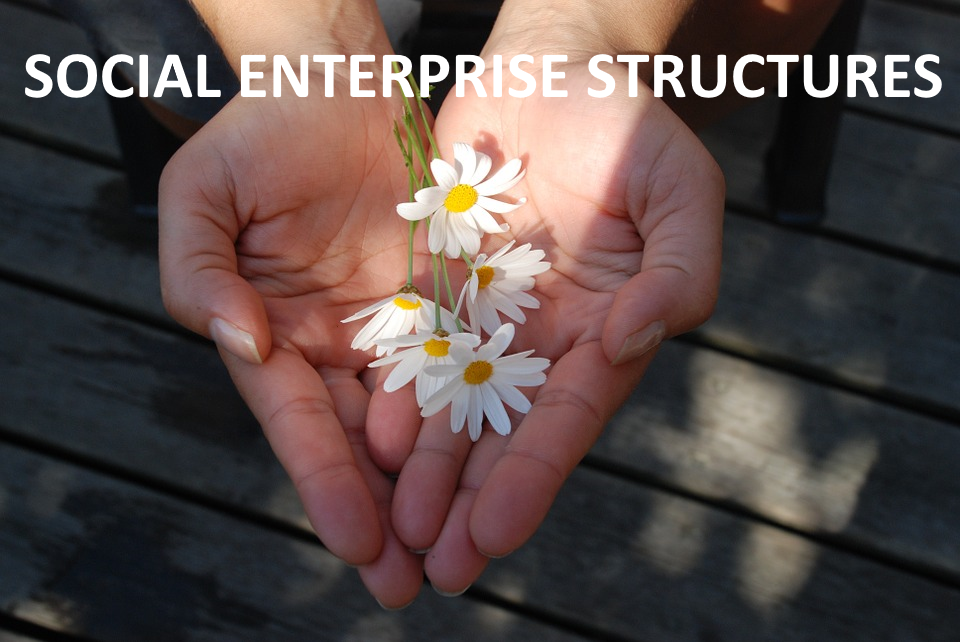Setting up a Social Enterprise – which legal structure should you choose?

When setting up a Social Enterprise, you can choose from a number of different legal structures. Your choice will have an impact on the amount of tax you pay, and any grants or investment opportunities.
There are several options, but in the main they fall into three umbrella categories: charities, limited companies and community interest companies (CIC). Before making a final decision, you should think carefully about what you are trying to achieve and seek professional advice. However, this article should give you a flavour of the different options.
Charities
New charities are now usually set up as a Charitable Incorporated Organisation (CIO). A CIO has all the benefits of a company limited by guarantee that is a charity, with the benefit that you can use a proforma constitution and they are not subject to Companies House as a regulator.
Every charity must have aims, called objects, that will benefit their chosen group of beneficiaries and there are limitations on what activities a charity can perform outside of this core purpose. Charities are not carte blanche exempt from tax, but in general they do not have to pay it, a key advantage if the aims of your organisation are very much charitable/social.
Pros
Cons
Limited Companies – limited by shares
A Social Enterprise can be a regular limited company, the most common structure used by small businesses up and down the length of the country. This structure provides the most flexibility for the business to complete work outside of its states objects and to remunerate its owners. However, as with all small businesses its profits will be subject to corporation tax and it is also the least charitable structure explored in this article.
Pros
Cons
Limited Companies – limited by guarantee
Companies limited by guarantee are very similar to those limited by shares with the exception that they cannot pay dividends. This intrinsically makes them more geared towards membership associations and charities and, indeed, before CIOs existed, a company limited by guarantee was the go-to structure for charities.
Pros
Cons
Community Interest Companies
Community Interest Companies (CICs) are a relatively new structure. CICs bridge the gap between charities and normal commercial companies. They are often favoured because the name has a positive ring to it from a marketing point of view as a ‘community’ venture. A key feature of CICs is the ‘asset lock’, which limits dividends that can be paid to organisations or individuals that are not also asset locked with a social or charitable purpose.
Pros
Cons
For advice on which of these, or the other available structures is most suitable for your Social Enterprise, please do get in touch.





